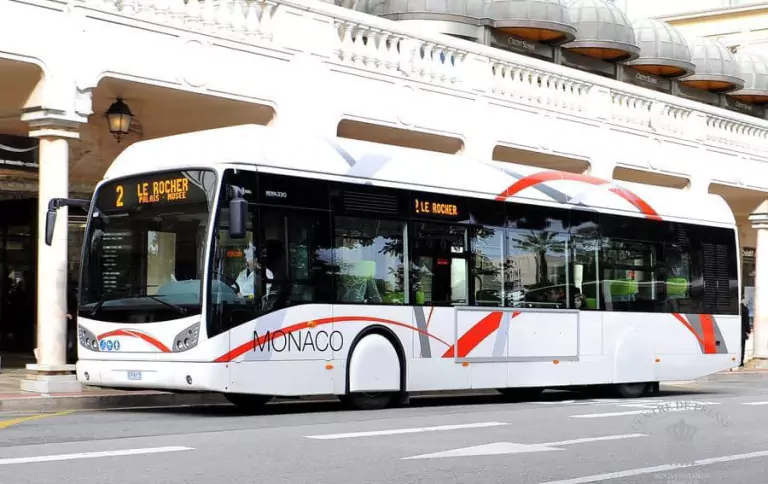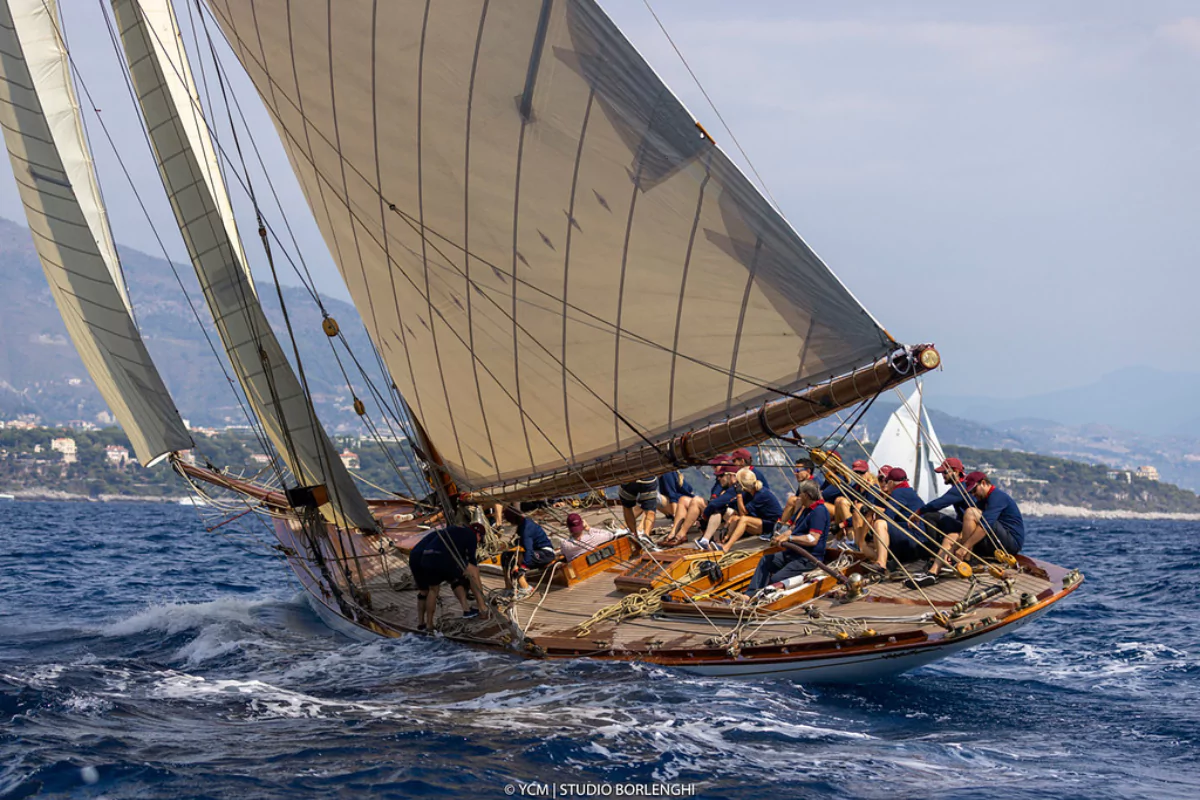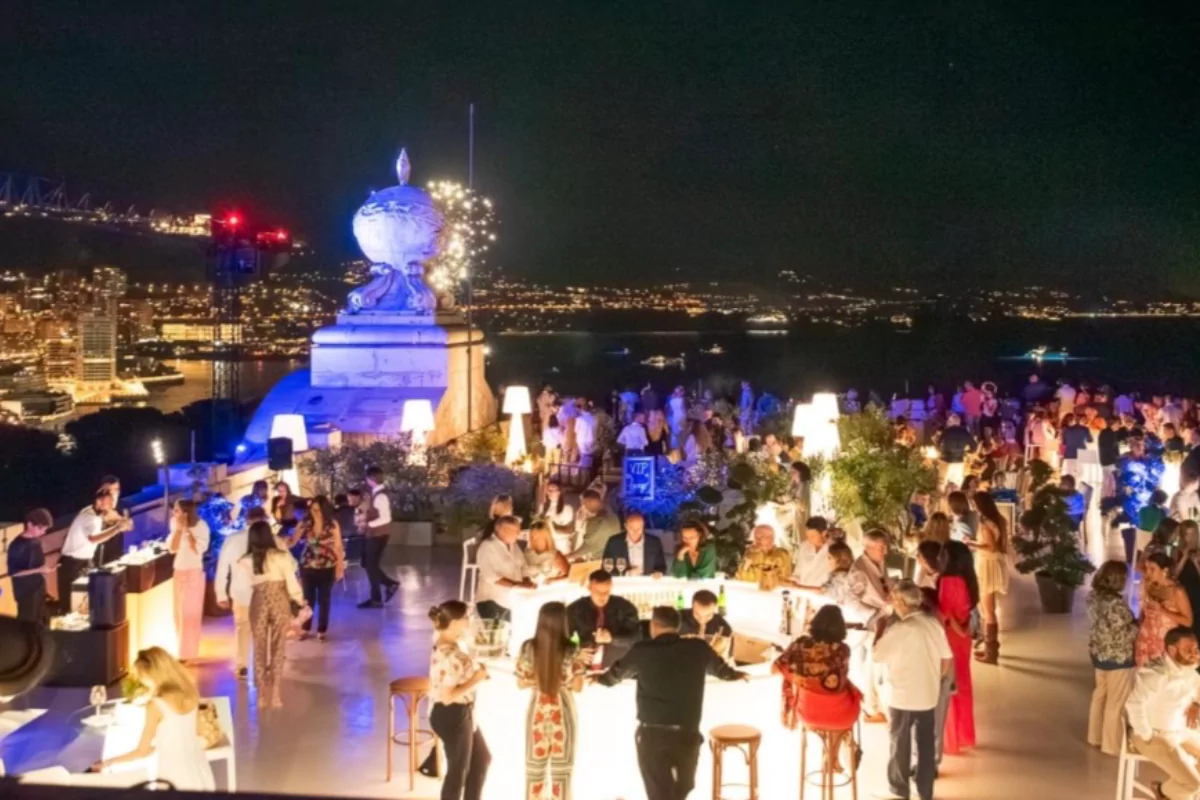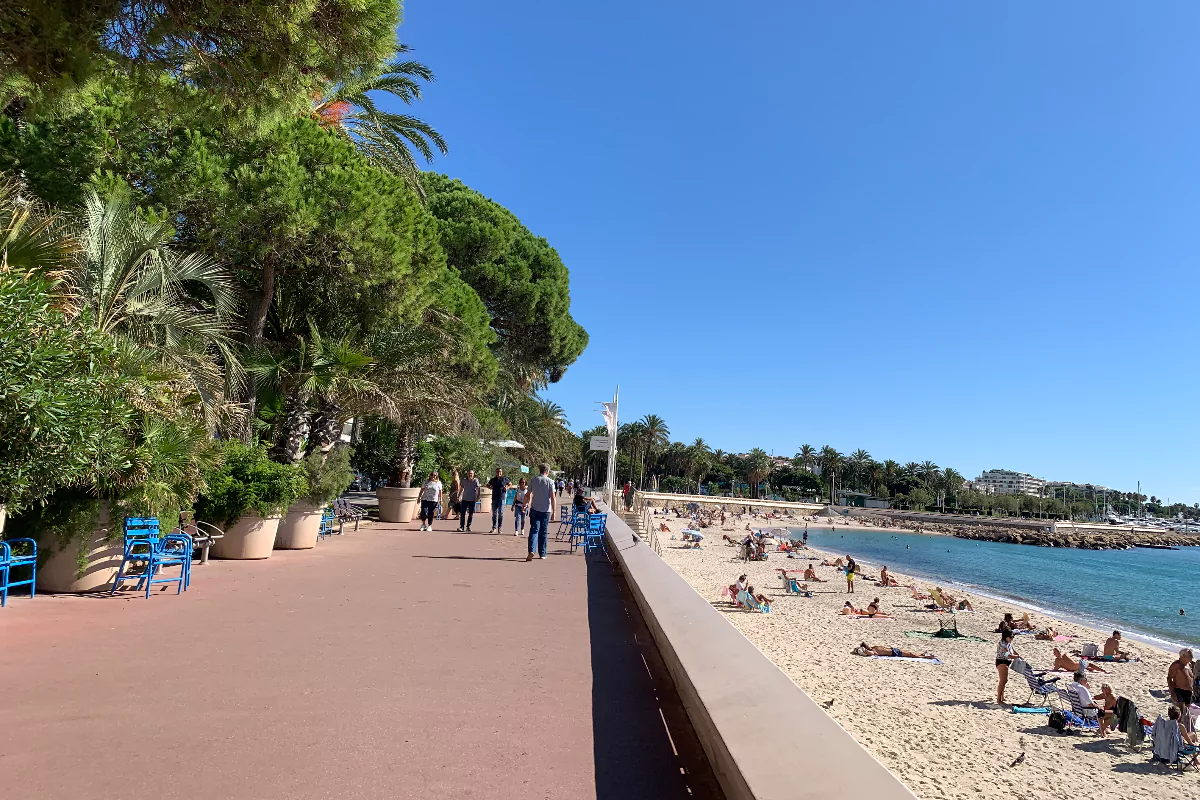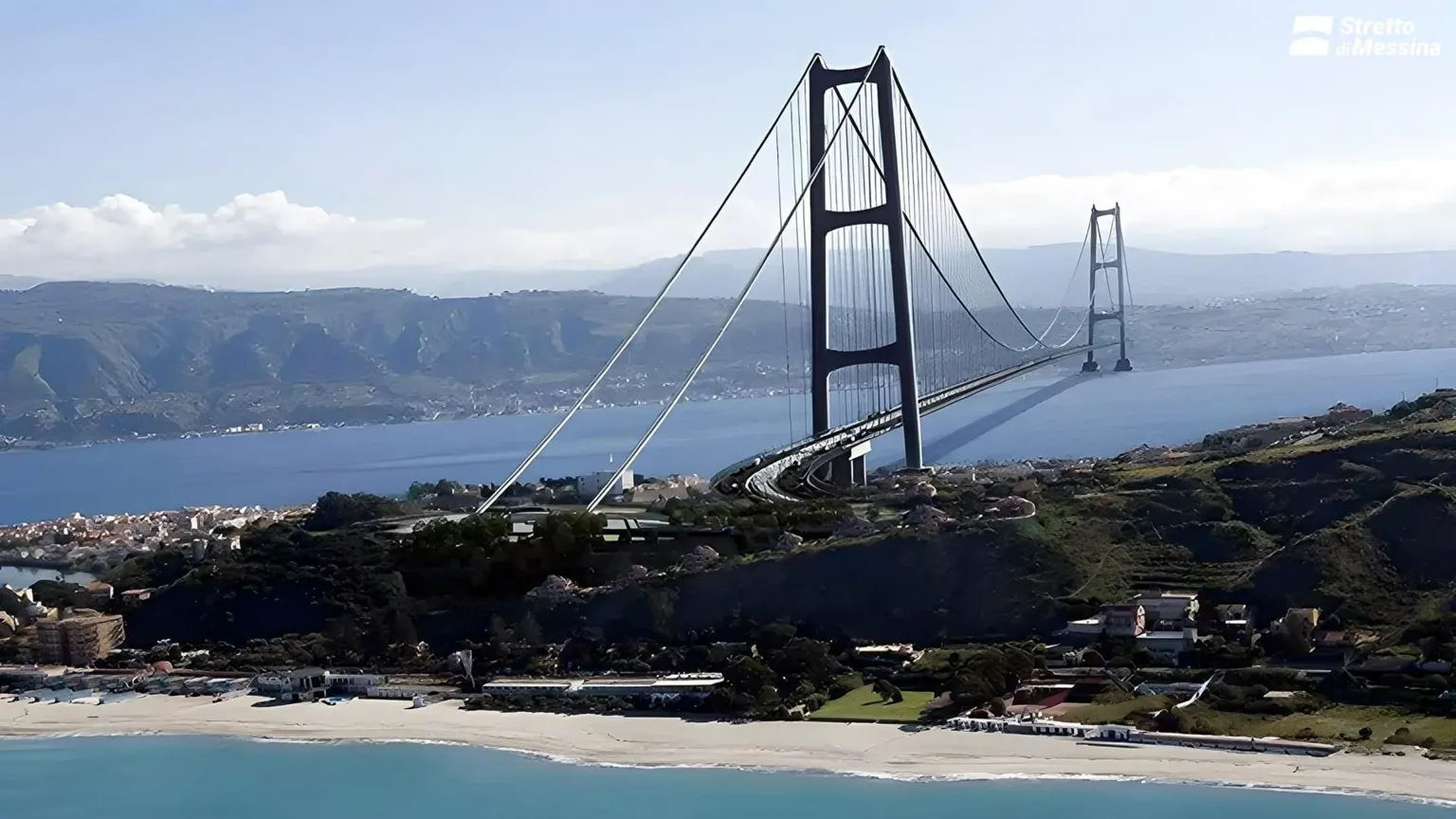The Compagnie des Autobus de Monaco has issued an urgent alert about fraudulent Facebook posts promising unlimited bus travel for just €2 per month.
The scam involves fake social media advertisements offering six months of unlimited travel on Monaco’s bus network at the heavily discounted rate. These posts are designed to steal personal and banking information from unsuspecting users.
Cybercriminals are using convincing fake pages that appear to represent CAM, exploiting people’s interest in discount transport to gather sensitive data. Once users enter their information on these fraudulent sites, scammers can use it for identity theft and financial fraud.
This is not the first time Monaco’s transport network has been targeted. In October 2024, a similar scam operated through a fake Facebook page called ‘Special Offer for Monaco Residents’, while another attempt last summer advertised bus cards for €3.
The repeated attacks highlight the persistent cyber threat facing both individuals and businesses in the Principality. Earlier this year, the government issued warnings about suspicious communications from unofficial sources.
CAM explains how to avoid scams
CAM reminds passengers that legitimate transport information comes only from the official website www.cam.mc and the Monapass mobile application.
Additionally, people should be suspicious of unusually cheap travel offers on social media, any requests for personal or financial details through unofficial websites, and posts claiming to represent CAM that don’t come from verified accounts.
Anyone who has already provided personal information through these posts should immediately contact Monaco’s Public Security cyber unit or email cyber@gouv.mc
Stay updated with Monaco Life: sign up for our free newsletter, catch our podcast on Spotify, and follow us across Facebook, Instagram, LinkedIn, and Tik Tok.
Main photo credit: Monaco Life.
